At the Forefront of Digital Transformation for Decades
Marie has been at the forefront of digital transformation for decades, and can talk about the grit and hard reality of implementation covering the three levels of government in Australia, internationally and across sectors. From the earliest days of the Internet, to current times working in AI and augmented service delivery.
Late 1990s: Single Entry Point (or not) and ePayments. In the late 1990s, Marie led one of Australia’s first e-business projects at the State Revenue Office (SRO) of Victoria with the implementation of epayments and the investigation of the impact of credit card merchant fees which would be associated with epayments. Marie also led strategic intelligence and revenue forecasting. The e-business project was recognised as one of the world’s first successful e-business projects, and was developed into a case study for an international executive program managed by the Melbourne Business School and INSEAD (France).
1998: Information Brokers and Metaverse. In 1998 at the Melbourne Business School, Marie’s MBA Masters level research and development of an “Information Exchange” commercial model of information brokers and conversation agents - “Cyber Sector Set for Power Shift: An Electronic Revolution is About to Rock the World of Financial Services“ – predicted the shift in power to the customer which would unleash the digital disruption of the financial sector. This model described a metaverse where information and customer conversations could take place across multiple digital dimensions. This was the early days of the commercial Internet and the initiation of online programs, and the model that Marie developed was applied to government programs. Marie has also more recently applied this model to “Digital Human Health Coach” model.
2003: eBusiness Exchange and Business Entry Point. Marie applied her research to the Business Entry Point (an initiative of the three levels of government in Australia) which she led for 5 years, to reinvent the concept of the “government portal” model to a syndication model: what a notable global commentator called a “reverse portal model”. With the introduction of the Australian Business Number, with her team Marie led business authentication, business digital identity and professional digital credential initiatives. A spin-out public-private partnership called the “eBusiness Exchange”, a new national digital infrastructure also based on Marie’s Masters research and commercial model, was pursued as a Government endorsed strategy.
2005/2006: Microsoft Worldwide.“New World of Government Work”. Marie led the collaborative development of Microsoft’s global egovernment strategy – “The New World of Government Work” - launched by Bill Gates. The “NWOGW” spoke about “seamless service delivery” in an architecture underpinned by identity, authentication, and machine-to-machine communication. “Seamless service” describes an omni-channel or metaverse type servicing experience. Marie was tasked by Bill Gates to pursue with the global team, strategic questions on authentication and identity. Significantly, the “New World of Government Work” foresaw technology as a policy lever. Technology as a lever of competition was well understood and adopted by technology and digital companies. However, in governments, technology did not evolve as a policy lever - instead remaining an enterprise capability.
2007: Access Card - Identity - Biometrics - Payments. Marie was head-hunted back to Australia by the Australian Government to take up the politically sensitive and complex role of Chief Technology Architect (CTA) of the Australian Government Health and Human Services Access Card program. Whilst the Access Card program was not a national identity card program per se, it did involve significant and contentious co-design, policy, legislative, security and civil society engagement. Marie has written extensively on the lessons from Access Card especially in regards to national digital identity and national digital health programs.
2009: Service Delivery Reform and Innovation in Payments. Following Access Card, the impetus for servicing and payments reform accelerated. As CTA across the Australian Government Human Services Portfolio, Marie led the development of the service delivery reform technology business cases, which would bring together the massive service delivery operations of Centrelink, Medicare Australia, Child Support Agency. Access Card was also intended to be a payment platform, and the need for payment reform as part of Service Delivery Reform was critical. Marie initiated and led the development of a whole-of-government strategic industry examination on payment and information services delivery reform – “Better Dealings with Government: Innovation in Payments and Information Services” Sept 2009 - involving extensive consultation across government and industry. Given the scale of this payment industry examination, this involved collaboration with the Reserve Bank of Australia (RBA). This body of work led to the RBA further examining innovation in the payments system more broadly, and the establishment of the New Payments Platform.
2010: Immigration Global Client Services Innovation. Marie was recruited to the Australian Department of Immigration and Citizenship (DIAC) to lead digital and global client services innovation programs, including futures forecasting of scenarios of international client engagement in the digital landscape. The image opposite, and link to the “2020 Futures” video, represents a future of a metaverse where websites are a past paradigm and services are seamless (as envisaged in the Microsoft “New World of Government Work” strategy a number of years earlier). The “2020 Futures” video was released at CEBIT in 2013.
As part of the Immigration Client Services Transformation Strategy, Marie initiated the concept, business case and delivery of the Visa Pricing Transformation (VPT) program, creating a differential pricing model for visas enabled by a digital visa processing platform, raising an estimated $700 million additional new revenue for the Australian Government. Marie was also responsible for the delivery of the global eMedical system (a digital operating model for managing health assessments) to over 100 countries, in partnership with Citizenship and Immigration Canada.







